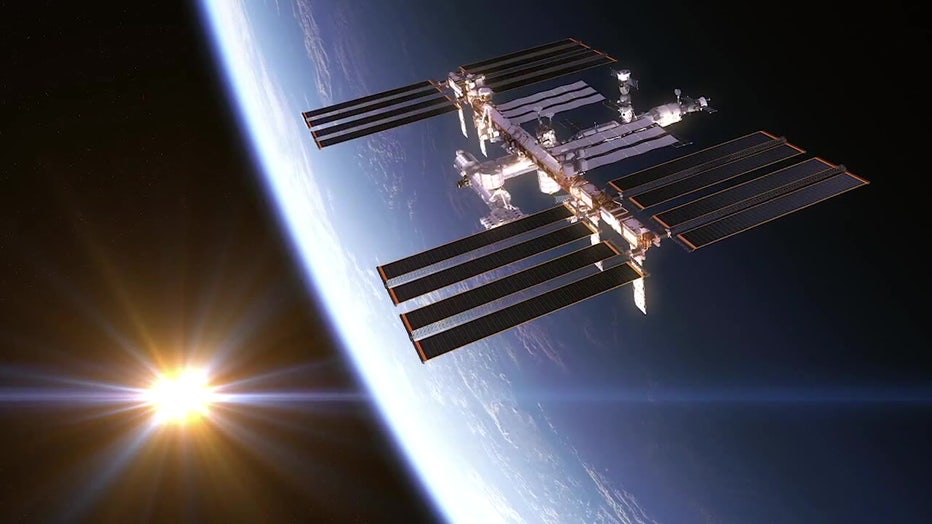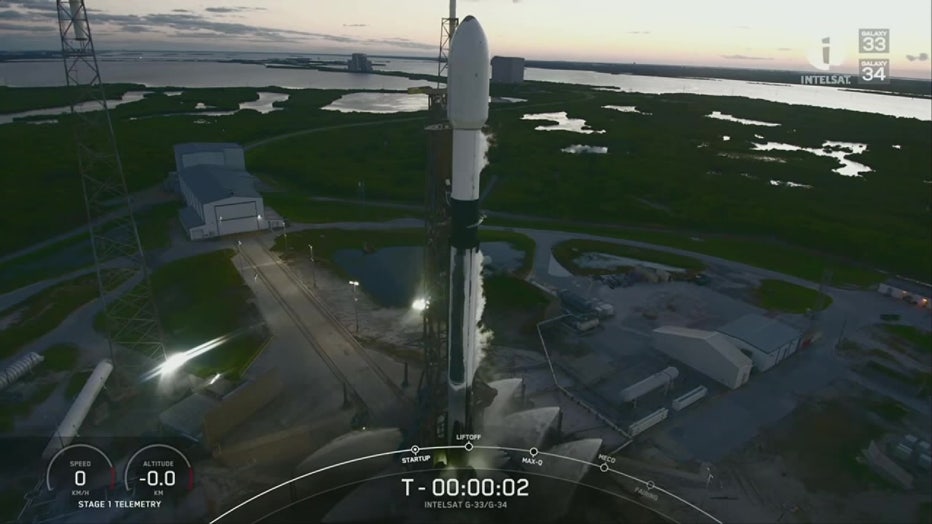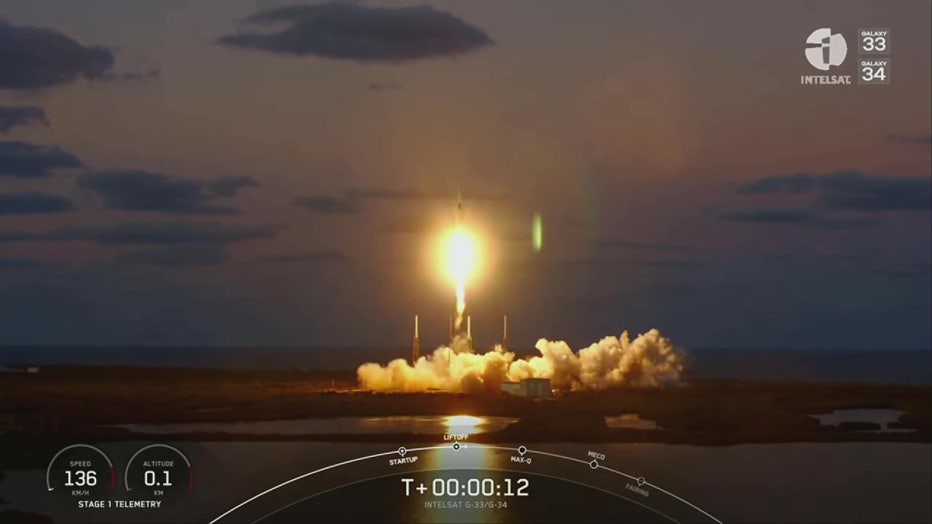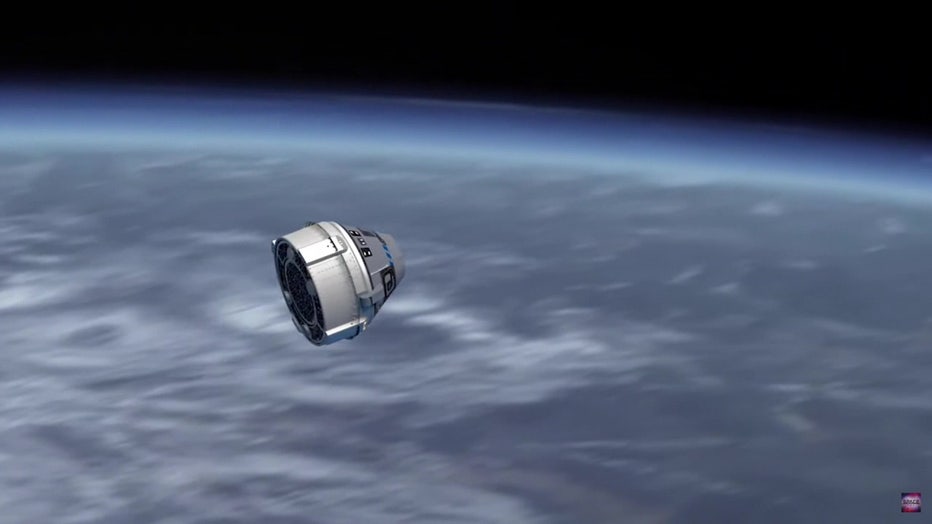NASA's launch schedule stays full for 2023 after a busy year with historic missions
CAPE CANAVERAL, Fla. - This year was an amazing and exciting year for NASA. The long-awaited Artemis 1 moon mission finally launched, sending the Orion spacecraft to the moon and back, paving the way for future human exploration of the lunar surface.
The historic mission came just weeks after the James Webb Telescope opened our eyes to the universe, which is packed with surprises.
Now, 2023 is shaping up to be another busy year for NASA, with dozens of rockets launching from Cape Canaveral – some to the International Space Station (ISS), others into deep space.

RELATED: 'Buried treasure': James Webb telescope’s newest images show star at birth
In February, a new space station crew will blast off from the Cape atop a SpaceX Falcon 9 rocket. The crew will ride into space inside the Dragon capsule. The capsule will separate from the rocket then head to the ISS, and it will then carry the current crew home, with a splashdown off Florida’s coast.
The process repeats itself in the fall when another new crew is launched to the space station. In between, a number of cargo trips will be launched to the station using the same SpaceX systems.
In April, Boeing’s "Starliner" will lift off on a test flight to the space station with two astronauts aboard. They'll spend two weeks at the station, before making a return trip home aboard the "Starliner." If all goes well, Boeing will join SpaceX as a second private company sending astronauts and cargo to the station.

NASA has its eye on the moon with several launches planned in 2023.
MORE: NASA's Mars lander bids farewell with possible last image: 'Thanks for staying with me'
In March, the "Lunar Trailblazer" will head to the moon to scope out potential areas of water and ice. Also in 2023, a pair of lunar landers will deliver science instruments to the moon's surface, which will help lay the foundation for human expeditions.
NASA and the European Space Agency will launch the "JUICE" spacecraft in 2023. The "Jupiter Icy Moons Explorer" will head toward Jupiter to investigate how habitable worlds might emerge around gas giants. It'll take a few years to get there, but once it arrives it'll begin studying the planet and some of its 80 different moons.

In October, NASA launches the "Psyche" space probe. It will fly across the solar system to study a distant asteroid with an unusually high metal content. It will spend 21 months orbiting and studying the asteroid which could reveal clues about planet formation.
Meanwhile, "Euclid," a European Space Agency mission that is partnered with NASA, will head into space to explore mysterious dark energy that is fueling the accelerated expansion of the universe.
READ: NASA's most requested photo, the ‘Blue Marble', turns 50
NASA won't let Earth out of its sites in 2023. It'll launch a probe into orbit that can spot warnings signs of imminent volcanic eruptions on earth, track ice melt, and monitor groundwater supplies. Another probe, called "TEMPO" will, for the first time, measure pollution levels across North American on an hourly basis and provide pollution forecasts for every region of the country. But not all the action is in space.

The first flight of NASA’S "Quesst" supersonic airplane will take place in 2023. It has new technology that reduces the sound of sonic booms. Another first flight: NASA’S x-57 is a small experimental airplane that runs on electricity – making flying cleaner, quieter and more sustainable.

